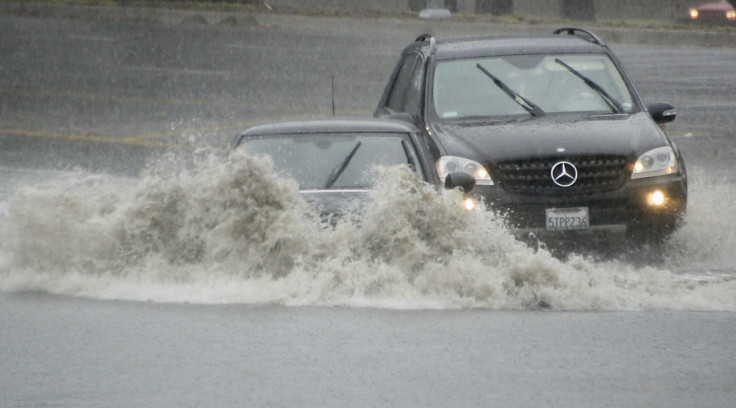California Drought: Some Water Restrictions Made Permanent Even As Authorities Mull Easing Emergency Rules

California Gov. Jerry Brown issued an executive order Monday that makes permanent some water conservation measures imposed in response to the devastating drought in the state. The move comes as California reels under a drought for the fifth consecutive year.
The order calls for long-term improvements to drought preparedness in the state, and includes prohibitions against excessive water wastage while washing cars, watering lawns and hosing off sidewalks.
Under the order, urban water suppliers would be required to permanently file reports on monthly water use and conservation efforts. Additionally, the state’s water resources control board would have to develop emergency restrictions for 2017 to prepare for the possibility of another dry winter.
“Californians stepped up during this drought and saved more water than ever before,” Brown said in a statement Monday. “But now we know that drought is becoming a regular occurrence and water conservation must be a part of our everyday life.”
California gets most of its rainfall and snow between late fall and early spring. Although the state has typically seen wide annual fluctuations in rainfall, the wet years balanced out the dry ones during non-drought periods. However, recent data gathered by NASA has shown that California accumulated a rainfall deficit of almost 13 inches between 2012 and 2014, and another 7 inches during the 2014-2015 wet season — severely depleting the amount of snow blanketing the Sierra Nevada mountains and drastically reducing the amount of water available to the state’s population during summers.
In recent months, though, the drought has become less severe, after the El Niño weather phenomenon brought rains and snow that filled up the state’s depleted water reservoirs and replenished California’s snowpack — a major source of water for reservoirs during the summers.

However, even now, 90 percent of the state remains in drought.
“California droughts are expected to be more frequent and persistent, as warmer winter temperatures driven by climate change reduce water held in the Sierra Nevada snowpack and result in drier soil conditions,” the governor’s office said in the statement. “Recognizing these new conditions, the executive order directs permanent changes to use water more wisely and efficiently, and prepare for more frequent, persistent periods of limited supply.”
In a separate announcement Monday, officials of California’s Water Resources Control Board said they will decide later this month whether to lift emergency urban water conservation rules adopted last year that require at least 20 percent overall conservation by most water districts serving California.
This, they said, was in response to improvements in water supply conditions in recent months.
“Conditions have changed this year. While we’re certainly in a statewide drought, drought conditions have eased,” Mark Cowin, director of the California Department of Water Resources, told the New York Times. “Some local communities have seen a great easing of their drought effects this year, and will see life return more to normal.”
Between June 2015 and March 2016, Californians reduced their water use by 23.9 percent compared with the same period in 2013. California’s two largest reservoirs — Shasta and Oroville — are also more than 90 percent full.
However, Cowin warned, “we’re just one dry winter away from returning to where we were.”
© Copyright IBTimes 2025. All rights reserved.





















